Sarudono and Usahime, Today We would like to go blueberry picking by reservation only!
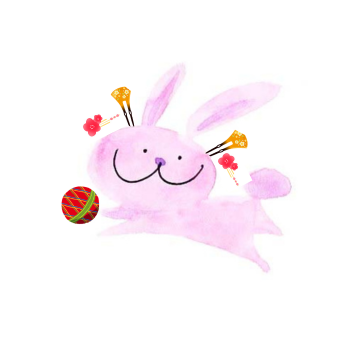
(USAHIME)
Blueberry, what in the world is that?
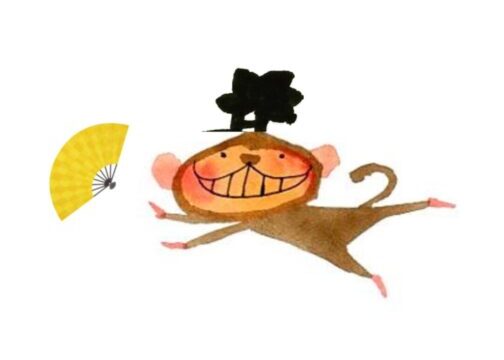
(SARUDONO)
We’ve been here since the Edo period.
Blueberries don’t exist!
That’s right.
Blueberries were first introduced to Japan in 1951, around the time of Japan’s high economic growth period.
Hokkaido Agricultural Experiment Station of the Ministry of Agriculture, Forestry and Fisheries introduced highbush blueberries from the United States.
The blueberry is a small fruit tree of the azalea family, called blueberry because of the dark blue-purple color of its berries.
Blueberries are said to increase the number of nerve cells in the brain.

(SARUDONO)
We have to eat them!!
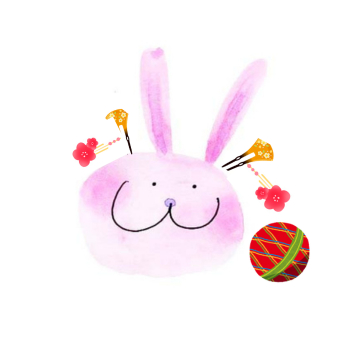
(USAHIME)
Can we eat it raw?
Yes.
The bluberry can be eaten raw or processed into jam.
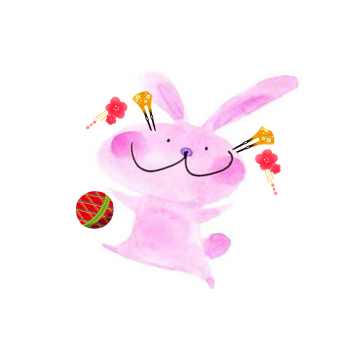
(USAHIME)
What does it taste like?
Yes, that’s right….
It tastes sweet and sour and refreshing.
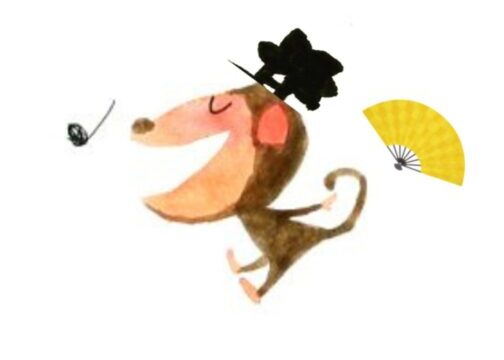
(SARUDONO)
I’m looking forward to it!
In the meantime, we have arrived at the venue!
Before the experience, we will have a lecture on blueberries by Mr. Harada, the owner of the garden.
~~~~~~~~~~~~~~~~~~~~~~~~~~~~~~~~~~~~~~~
Mr. Harada’s lecture on blueberries was very informative!

(USAHIME)
I learned a lot about the season for different varieties.

(SARUDONO)
We must not forget how to recognize ripe blueberries!
Yes, that’s right.
Mr. Harada will be here as a guide during the blueberry picking experience, so you can learn how to pick blueberries, etc.
Now that we have taken the blueberry course, let’s go blueberry picking!

(SARUDONO)
Oh~!
Is this a blueberry tree?
There are 48 varieties of blueberry trees.
The variety of blueberries available for picking depends on the time of year, but there are about 10 varieties to compare.
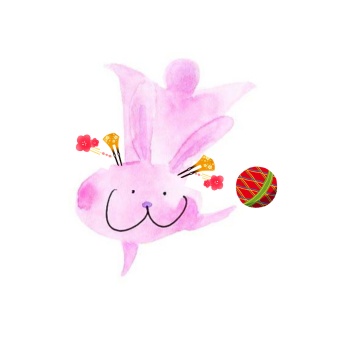
(USAHIME)
It looks a little like grapes.

(SARUDONO)
Grapes were around in the Edo period when we lived !

(USAHIME)
Matsuo Basho also wrote a haiku, “Katsunuma-ya mago-mo budou-o kuinagara” ( In Katsunuma, even the horses eat grapes ) !
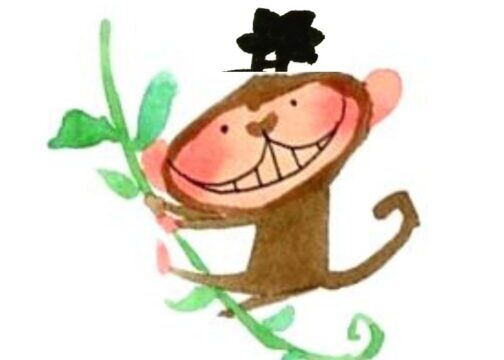
(SARUDONO)
In the “Honchoshokukan” published in 1695, it is written that “Koshu is the first grape growing region.
Koshu is now Yamanashi Prefecture.
Although Yamanashi Prefecture is the top producer of grapes in Japan today, it was already known as a specialty product of Yamanashi Prefecture in the Edo period (1603-1868).
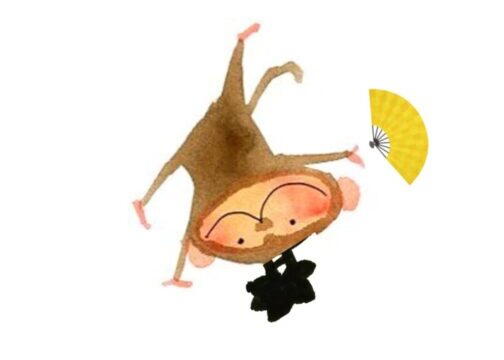
(SARUDONO)
Yes.
By the way, blueberries have a different taste from grapes!

(USAHIME)
Delicious♪
I’m glad you like it!
After the blueberry picking experience, you can have a set of baked sweets made from blueberries and a cold drink at the table set in the garden.
Baked sweets are also delicious and different from fresh ones!

(USAHIME)
That’ll be good♪
Kabutoyama Blueberry Farm Blueberry Picking
Open June 18 (Tuesday) to August 28 (Wednesday), 2024
Location Kouzan Blueberry Farm (2-167 Washurinji, Nishinomiya City)
Open Tuesdays through Thursdays, Saturdays, and Sundays
*Subject to change depending on weather and growing conditions
Hours: 9:30 -, 11:00 -, 13:00 -, 14:00 -, 15:30 –
Time required: approx. 60 min.
Maximum of 2 couples for each time slot.
*From July 30, the 13:00 slot is suspended to prevent extreme heat.
Fee
Adults (junior high school students and older) 3,500 yen
Elementary school students: 1,500 yen
Infants (4 years old and up) 1,000 yen
Free for children under 3 years old
The above prices include one beverage (iced coffee/iced tea/orange juice) and a home-made blueberry tart or muffin (menu changes daily) after the blueberry-picking experience. You can also take them home.
Reservation web booking form こちら
Access
Approximately 10 minutes by car from downtown Nishinomiya
Approx. 3 minutes on foot after getting off at Kozan Cemetery-mae bus stop on Hanshin/Hankyu bus routes
Inquiry Form こちら
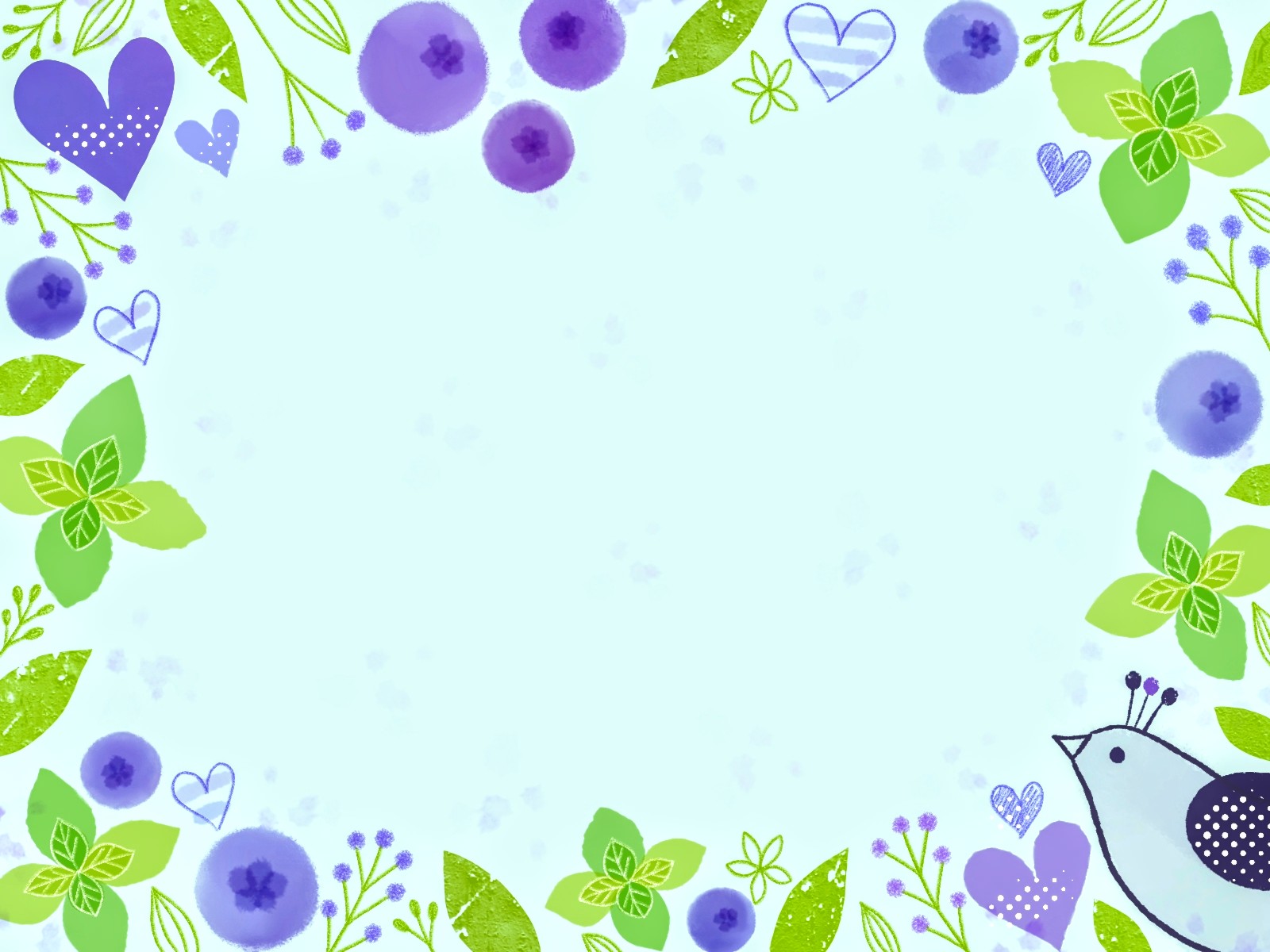


コメント